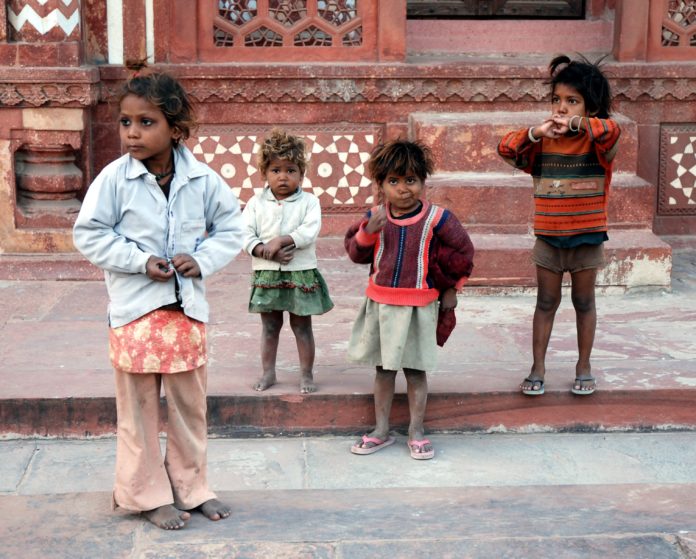A multiple micronutrient powder and/or an early learning intervention showed significant improvements in brain development in kids in rural India
A new research presented at Nutrition 2019, the annual meeting of the American Society for Nutrition, reported that a multiple micronutrient powder and/or an early learning intervention showed significant improvements in brain development in rural India.
While disease burden due to Child and maternal malnutrition has dropped in India substantially since 1990, this is still the leading risk factor for health loss in 2016. According to the first State level disease burden study 2017, malnutrition is responsible for 14.6% of the country’s total DALYs (Disability adjusted life years – it is the sum of years of life lost and years lived with disability).
When compared to China, child and maternal malnutrition was 12 times higher per person in India in 2016. Malnutrition was highest in major EAG states ( the eight socio-economically backward states of Bihar, Chhattisgarh, Jharkhand, Madhya Pradesh, Orissa, Rajasthan, Uttaranchal and Uttar Pradesh – referred to as the Empowered Action Group states), Assam and North -East states and is higher in females than in males. Kerala had the lowest disease burden due to this risk among the Indian states, but even this was 2.7 times higher per person than in China.
In a trial in 26 Indian villages, infants who received a multiple micronutrient powder, an early learning intervention, or both showed significant improvements in expressive language, visual reception and social-emotional behavior compared with those receiving a placebo
The Global Nutrition Report 2017 that looked at 140 countries found ‘significant burden’ of childhood stunting in India with 38 percent of children under five are affected. Stunting is defined as a malnutrition related conditions when children are too short for their age due to lack of nutrients, suffering irreversible damage to brain capacity.
One in four children in ten of India’s most populated cities are malnourished proclaimed a recently released Urban HUNGaMA (Hunger and Malnutrition) survey report.
In a trial conducted in 26 Indian villages, infants who received a multiple micronutrient powder, an early learning intervention, or both showed significant improvements in expressive language, visual reception and social-emotional behavior compared with those receiving a placebo.
The findings suggest these interventions can help babies’ brain development in communities facing nutritional deficiency and a lack of early learning opportunities. According to NFHS-4, children under 5 years who are stunted (height-for-age) was 31% in urban areas versus 41.2% in rural areas, while children under 5 years who are wasted (weight-for-height) was similar in urban (20%) vs rural areas (21.5%). Children under 5 years who are underweight (weight-for-age) was 29.1% in urban areas when compared to 38.3% in rural areas.
The Integrated Child Development Services (ICDS) programme, which is the mainstay of Indian Government’s initiative to tackle malnutrition in children and pregnant mothers provides food, preschool education, primary healthcare, immunization, health check-up and referral services to children under 6 years of age and their mothers.
A similar study in the Journal of Nutrition showed that biofortified high-iron pearl millet can stem the harmful effects of iron deficiency in Indian school-going children by significantly improving nutrition and cognitive performance.


